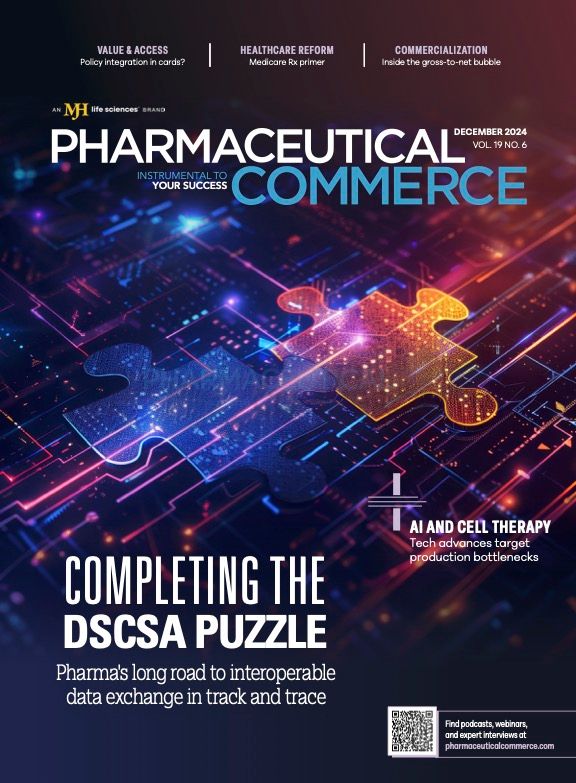Beyond the Finish Line: Why Post-Approval Regulatory Strategy Matters
It’s essential for commercial success, but presents its share of obstacles.

For pharmaceutical companies, reaching the post-approval phase of a drug's life cycle is a significant achievement. This journey begins with research and development, progressing through clinical trials, and undergoing evaluation and authorization before entering the post-approval stage. However, the journey of a drug does not end there.
In this last phase, companies may consider broader drug use, new therapeutic indications, or wider target populations, along with the commercialization into new countries. As marketed products reach larger populations, developers expand and redefine their knowledge of the drug's safety profile. Manufacturing processes must also be enhanced to ensure continuous, timely access to state-of-the-art medicines globally.
Effective post-approval lifecycle management is critical for commercial success, yet when operating across multiple countries and markets, life sciences organizations often run into post-approval regulatory challenges. Post-approval management activities include registration renewals, labeling updates, administrative variations, chemistry, manufacturing and control updates, marketing authorization transfers and withdrawals. Regulatory professionals face a variety of obstacles during this stage, including:
- A lack of harmonization between regions and health authorities that leads to varying regulatory requirements or classification systems
- Specific, local requirements that require tailored strategies for each market
- Unpredictable approval timelines that can vary significantly across countries, regions, and health authorities
- Varied implementation periods for regulatory changes or updates
- Divergent decisions from health authorities that may result in different outcomes for similar submissions
Given these challenges, a robust post-approval lifecycle management is essential for success. There are three key steps for designing a solid regulatory strategy: planning, communicating, and delivering.
- Plan: The first step is to create a detailed and adaptable plan—a critical foundation for a post-approval regulatory strategy. Strategic planning entails collaboration with relevant stakeholders across the organization that may be impacted. Engage early in key discussions with all team members around their priorities to help identify the necessary considerations and components of the plan. Additionally, it is critical to prepare for a range of scenarios and assess various viewpoints.
- Communicate: Establish a strong communication strategy to effectively disseminate details across an organization. When there are changes, ensure that both the changes and communication about them are transparent and easily accessible. Providing supporting evidence for decisions is key in case issues arise. Regularly follow up with stakeholders to keep them informed of progress and to gather any recommendations for adjustments.
- Deliver: Clearly define critical roles and responsibilities for each team member. Leverage key performance indicators and escalation pathways while providing status updates to track progress across the board. Create a culture that encourages team members to learn from mistakes and ensure every regulatory action adds value for patients.
The necessary tools
In today’s digital age, utilizing cutting-edge technologies such as artificial intelligence and data analytics can significantly enhance post-approval lifecycle management activities. These tools ensure that teams stay up to date in the rapidly shifting, ever-evolving regulatory environment and face challenges directly by monitoring regulation shifts and forecasting potential market challenges. Regulatory experts can provide guidance and much needed support throughout the process as well.
Navigating the post-approval phase of a drug's lifecycle is a complex and lasting endeavor that requires careful planning, clear communication, and successful delivery. Organizations must be willing to collaborate across multiple teams to address potential hurdles and rely on regulatory expertise to rapidly adapt to regulatory demands. By building a comprehensive regulatory strategy, leveraging regulatory intelligence, and engaging region-specific experts, pharmaceutical organizations can successfully accomplish some of the most critical work in a drug’s journey.
About the Author
Marcela Miño is the global head of lifecycle management for marketed products at IQVIA. She leads a high-performing regulatory team that supports all regions. Based in Buenos Aires, Argentina, Marcela holds a pharmacy degree and an MBA in general management. She has over 18 years of regulatory experience at IQVIA and 10 years in the pharmaceutical industry.
